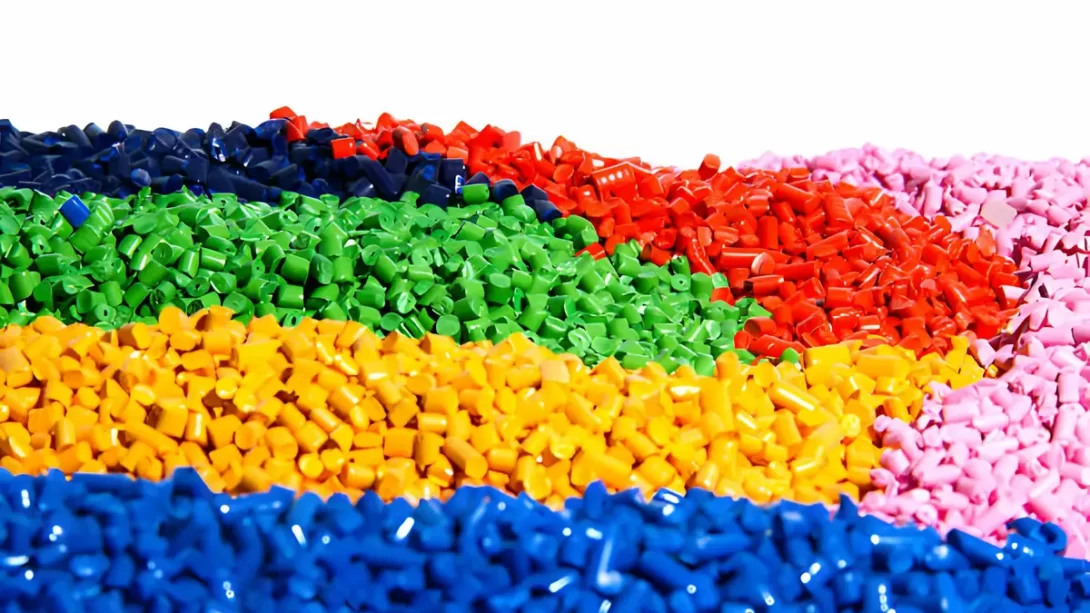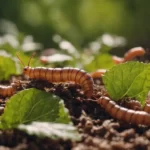Polyvinyl Chloride, commonly known as PVC, is a widely used plastic in various industries, from construction to medical devices and food packaging. However, its safety, particularly in applications involving contact with food, has been a subject of debate. This article aims to delve into the concerns and realities surrounding the food safety of PVC, providing a comprehensive understanding for consumers and industry professionals alike.
Chemical Composition of PVC
PVC is made from polymerizing vinyl chloride monomers, but its flexibility and durability come from the addition of plasticizers, among which phthalates are the most common. These plasticizers are what give PVC its versatility but also contribute to health concerns. Phthalates, for example, have been linked to various health risks, including endocrine disruption and reproductive issues, raising questions about their use in food-related applications.
Food Safety Concerns with PVC
One of the primary concerns with PVC in food contexts is the potential for chemical leaching. Studies have shown that under certain conditions, the chemicals in PVC, particularly plasticizers like phthalates, can migrate into food and beverages. This leaching is a significant concern because of the associated health risks, such as hormonal imbalances and increased risk of certain cancers. Regulatory bodies and research institutions have conducted numerous studies to understand and mitigate these risks, leading to varying stances on the use of PVC in food applications.
PVC and Temperature
The stability of PVC and the risk of chemical leaching are significantly influenced by temperature. When exposed to high temperatures, PVC is more likely to release plasticizers and other harmful chemicals. This is a critical consideration for using PVC in food storage and preparation, especially for hot foods or in microwaving processes. Conversely, at low temperatures, the risk of leaching decreases, but it does not eliminate the potential for chemical transfer.
This temperature sensitivity raises concerns about the use of PVC in various kitchen applications, such as cling films, containers, and cooking utensils. Health and safety organizations often provide guidelines on the use of PVC at different temperatures, advising caution particularly in high-heat scenarios.
Alternatives to PVC in Food Applications
Given the concerns about PVC, exploring safer alternatives for food-related use is important. Materials such as polyethylene, glass, and stainless steel are often recommended as safer options. Polyethylene, for instance, is commonly used in food packaging and storage due to its lower risk of harmful chemical leaching. Glass and stainless steel are also favorable for their inert properties, meaning they don’t react with food, regardless of temperature.
When considering alternatives, it’s important to balance factors such as safety, cost, environmental impact, and practicality. For example, glass is safe and does not leach chemicals, but it is heavier and more fragile. Stainless steel is durable and safe but can be more expensive. Understanding these trade-offs helps in making informed decisions about food storage and preparation materials.
Regulation and Labeling of PVC Products
Regulations regarding the use of PVC in food-related products vary globally. In many regions, authorities have established strict guidelines and standards to limit or control the use of PVC, especially where food contact is involved. These regulations often focus on reducing the concentration of harmful plasticizers like phthalates in PVC products. Understanding these regulations is important for manufacturers and consumers alike to ensure compliance and safety.
Labeling standards also play a crucial role in helping consumers identify PVC in products. Many countries require clear labeling of materials used in food packaging and containers. For instance, PVC products are often marked with the recycling code ‘3’ or the letters ‘V’ or ‘PVC.’ Being aware of these labels allows consumers to make more informed choices, especially when looking for food-safe materials.
Conclusion
The safety of PVC in food applications is a complex issue influenced by the material’s chemical composition, the potential for harmful substance leaching, and the conditions of use, particularly temperature. While PVC has practical applications in various sectors, its use in direct contact with food requires careful consideration due to the associated health risks.
Consumers and industry professionals should be aware of the alternatives to PVC, such as polyethylene, glass, and stainless steel, which offer safer options for food storage and preparation. It’s also important to stay informed about the latest regulations and labeling standards to ensure safe and responsible use of materials in food-related contexts.
In conclusion, while PVC is a versatile and widely used material, its application in food-related scenarios should be approached with caution. Understanding the material’s properties, potential risks, and safer alternatives is key to maintaining food safety standards. As materials science and food safety regulations continue to evolve, staying informed and making conscientious choices is crucial for both personal health and environmental well-being.



